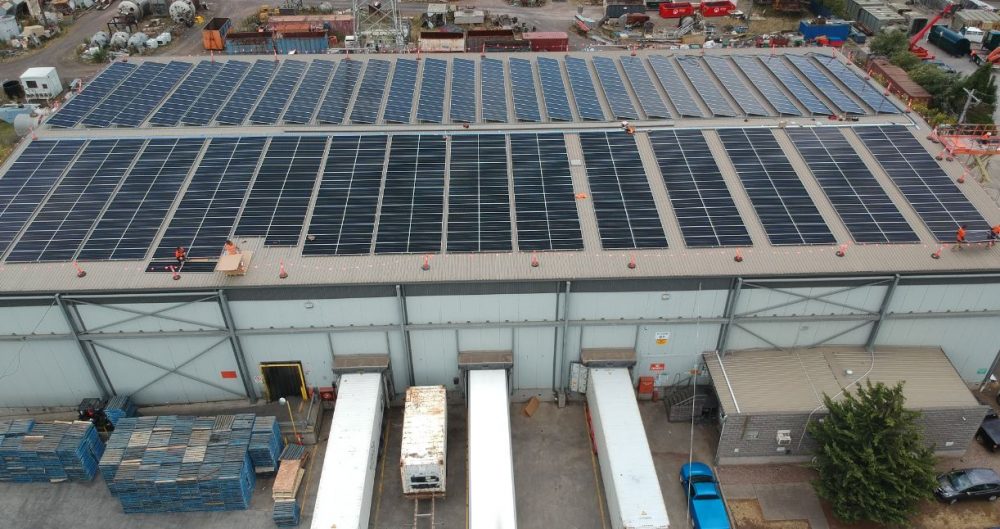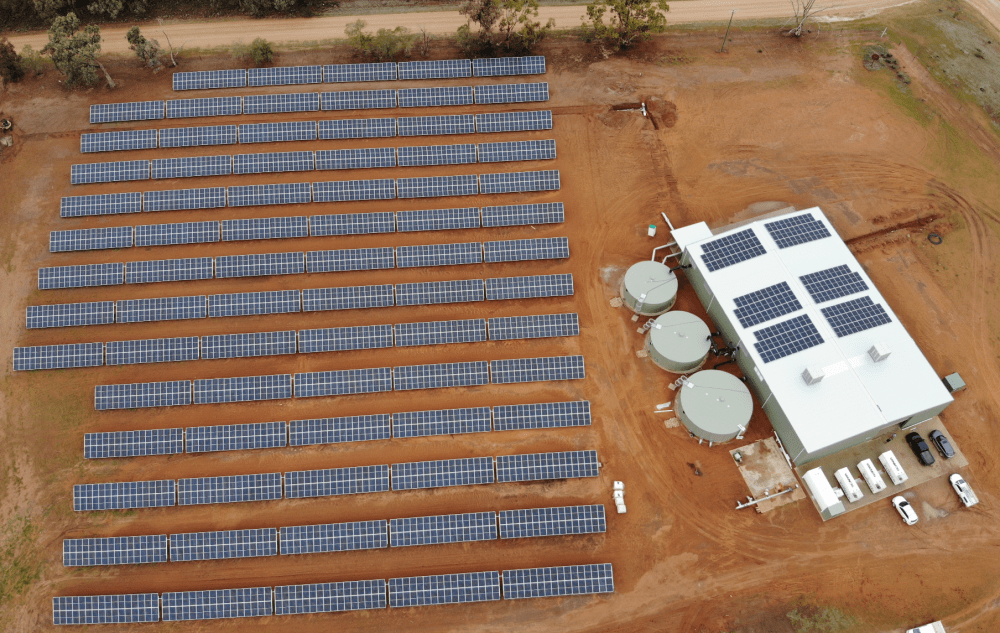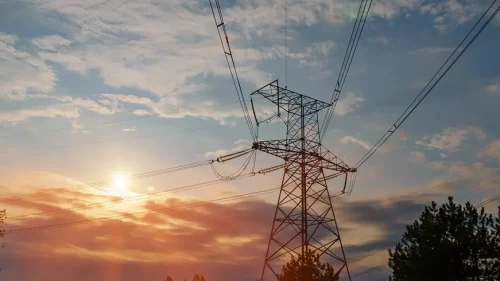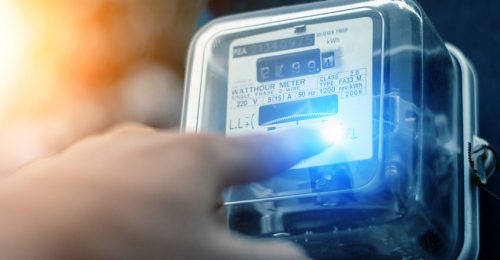Switching to solar can be a profit booster for your business, but figuring out the best financial incentives can sometimes feel like a maze of acronyms and industry terminology. In this article, we explain the key differences between two of the government schemes (STCs and LGCs) designed to financially incentivise businesses to invest in solar and renewable energy technologies.
In Australia, two main schemes help businesses make the most of their solar investments: small scale technology certificates (STCs) and large scale generation certificates (LGCs). In Victoria, there is also the Victorian Energy Upgrades (VEU) program which is designed to reduce energy consumption by incentivising energy efficiency projects. If you are undertaking a project in Victoria, you could be eligible for either STCs/LGCs or Victorian Energy Efficiency Certificates (VEECs), but you cannot claim both.
Understanding how these schemes work can help you cut energy costs and maximise your return on investment.
Understanding the renewable energy target (RET) and the Victorian Energy Upgrades program (VEU)
The Renewable Energy Target (RET) is a Commonwealth government initiative designed to increase renewable energy use and reduce greenhouse gas emissions. It’s split into two main parts:
- Small-scale renewable energy scheme (SRES): This supports solar installations under 100kW, like rooftop solar panels and solar water heaters. These systems generate small scale technology certificates which provide an upfront payment for the certificates that the solar system will create during its lifetime.
- Large-scale renewable energy target (LRET): This is for bigger renewable energy projects, such as large commercial solar installations. These systems generate large scale generation certificates, which can be sold over time to generate revenue.
- Victorian Energy Upgrade program (VEU): operates by providing Victorian Energy Efficiency Certificates (VEECs) as tradable incentives to businesses that implement energy-efficient upgrades. Acacia energy acts as an Accredited Provider (AP) to generate VEECs for installing energy-efficient appliances such as Solar PV, with each VEEC representing one tonne of carbon dioxide (CO₂) reduction. The scheme is regulated by the Essential Services Commission (ESC) to ensure compliance and market stability.
All three schemes are proposed to operate until 2030. Businesses who want to take advantage of the additional savings and revenue generation should consider installing their solar system before the scheme is retired.
How small scale technology certificates (STCs) work
If you’re installing a solar system under 100 kW, STCs can help reduce the upfront cost. Here’s how:
- Who qualifies? If your business installs a solar PV system under 100 kW using a CEC approved installer, you can claim STCs.
- How are they valued? Each STC represents one megawatt-hour (MWh) of expected renewable energy output. The number of STCs you get depends on your system’s location, size, and when it’s installed. Their value fluctuates based on market demand, but they typically range from $34 to $40 per certificate.
- How do they save you money? Most solar installers will offer you an immediate discount on your system in exchange for the STCs, lowering your upfront investment.
- How do you claim STCs? Most installers will include the STCs as part of the proposal and submit documentation on your behalf.
Example:
A business in Sydney (postcode 2000) installs a 100kW solar PV system. The system qualifies for 829 STCs at a value of $39.50 per certificate, reducing the cost of the system by approximately $32,755.50.
How large scale generation certificates (LGCs) work
LGCs are for businesses installing solar systems larger than 100 kW. Instead of receiving an upfront discount, LGCs provide ongoing revenue:
- Who qualifies? If your business installs a renewable energy system over 100 kW using a CEC approved installer, you can register to earn large scale generation certificates.
- How are they valued? Unlike STCs, LGCs are generated over time. Your system earns one certificate for every MWh of electricity it produces, which can then be sold on the open market.
- How do they benefit you? Since LGCs are created progressively, businesses can use them to generate additional income or offset energy costs
Example:
A business in Sydney (postcode 2000) installs a 200kW system. The system produces approximately 780 kWh/day or 284,700 kWh/year (284.7 MWh/year).
Each megawatt-hour (MWh) of electricity generated qualifies for one LGC with a market value of $32.50 per LGC.
The 200kW solar PV system in Sydney generates approximately 284.7 MWh annually, yielding an estimated $9,252.75 in LGC revenue each year.
How Victorian Energy Efficiency Certificates (VEECs) work
VEECs are part of the Victorian Energy Upgrades (VEU) program and are designed to encourage businesses to adopt energy-efficient technology and reduce greenhouse gas emissions.
- Who qualifies? If your business implements an energy efficiency upgrade—such as installing LED lighting, upgrading HVAC systems, or improving industrial processes—you may be eligible to earn VEECs.
- How are they valued? Unlike STCs and LGCs, VEECs are based on energy savings rather than energy generation. Your business earns one VEEC for every tonne of CO₂ emissions avoided due to the efficiency upgrade.
- How do they benefit you? VEECs can be sold to energy retailers, providing a financial incentive to reduce the upfront cost of energy-efficient projects. This helps businesses lower both their energy bills and carbon footprint.
- How do you claim VEECs? Businesses will need to work with an Accredited Provider (AP) such as Acacia Energy from the beginning of the project to claim VEECs.
Example:
A logistics company in Melbourne installs a 200kW solar PV system and qualifies for VEEC subsidies under the Victorian Energy Upgrades (VEU) program.
200kW system generates approximately 1,000 VEECs. The current VEEC market price is $105 per certificate, resulting in a total VEEC revenue of $105,000.
Here’s how that impacts the installation costs:
- Initial solar PV system cost: $293,000.
- VEEC subsidy (1,000 VEECs at $105 each): $105,000.
- Final net cost after VEEC subsidy: $188,000.
With the VEEC subsidy, XYZ Logistics saves $105,000, reducing the net investment to $188,000. Payment for the VEECs occurs after one year of operation and following an Impact study that is approved by the VEU.
Key differences between small scale technology certificates and large scale generation certificates
Understanding the key differences between STCs, LGCs and VEECs can help you choose the best option for your business:
- System size: STCs apply to solar systems up to 100 kW, while LGCs are for systems over 100 kW.
- When you get paid: STCs give you an upfront discount, whereas LGCs generate certificates over time as your system produces energy for each megawatt-hour of electricity generated by the solar system
- Market fluctuations: The value of both STCs, LGCs and VEECs changes based on market demand, but LGCs tend to be more variable. LGCs also tend to be higher in value.
Why some businesses choose a 100kW+ solar system and consider utilising the subsidy options
It might seem like a no-brainer to go for STCs since they give you an immediate discount. But if your business has the space and energy demand, installing a larger system and claiming LGCs and/or VEECs in Victoria could be more profitable in the long run. Here’s why:
- Bigger energy savings: A larger solar system means more power generation, helping you reduce reliance on the grid and lower your electricity bills significantly.
- Higher long-term returns: While STCs give you money upfront, LGCs and VEECs generate income over time as your system produces power, creating a steady revenue stream.
- Planning for growth: If your business has space for a bigger system, it’s worth thinking ahead. A 100kW system might not be enough as your energy needs increase.
- More energy independence: Reducing your reliance on grid electricity means more control over your energy costs and protection against price hikes.
Many solar installers will automatically limit their quote to 100kW systems as STCs can be easier to sell to their client. However, without first profiling the energy demands of the business, you could be missing out on substantial savings and a passive revenue stream.
Get the best return on your solar investment
Choosing the right solar incentive can make a huge difference in how much you save and earn. Whether small scale technology certificates or large scale generation certificates are better for your business depends on your energy use, budget, and long-term goals. Partnering early in the process with an Accredited Provider (AP) can ensure you are able to claim revenue from VEECs.
Talk to Acacia Energy today. Our energy audit takes one year of your energy data and uses cutting-edge modelling to find the best solar solution for your business. We’ll show you how to maximise government rebates, whether STCs or LGCs will provide the most profit, what size system will give you the best ROI, plus payback periods and cashflow modelling. Let’s make your solar investment work smarter.




